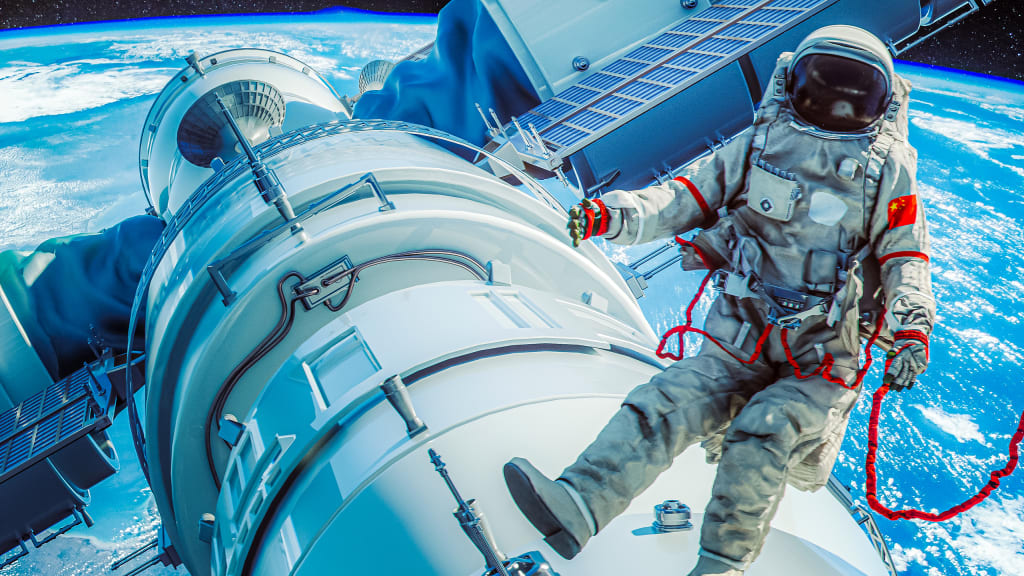
"Instead of using destructive weapons, China is developing robotic guards for the Tiangong space station, focusing on elegant methods of active space defense."
"This strategic shift from passive exploration to active territorial control signifies China's response to perceived threats in space, particularly from competing nations."
"Beijing claims that the robotic guards are meant for safety rather than aggression, although this development cannot be dissociated from the ongoing militarization of space."
"China's approach—using non-lethal methods of interception—highlights a new era in space defense, seeking to maintain order without catastrophic consequences."
China’s development of AI-powered robotic guards for the Tiangong space station marks a pivotal move towards active space defense. These robots, equipped with thrusters, aim to gently push threatening objects away rather than destroy them, reducing the risk of chaos in orbit. This initiative follows revelations of China’s satellite combat operations and a near-miss with a Starlink satellite. Beijing claims the technology is a defensive measure, but it signals a broader trend of militarization in space alongside efforts from Russia and the US.
Read at Fast Company
Unable to calculate read time
Collection
[
|
...
]